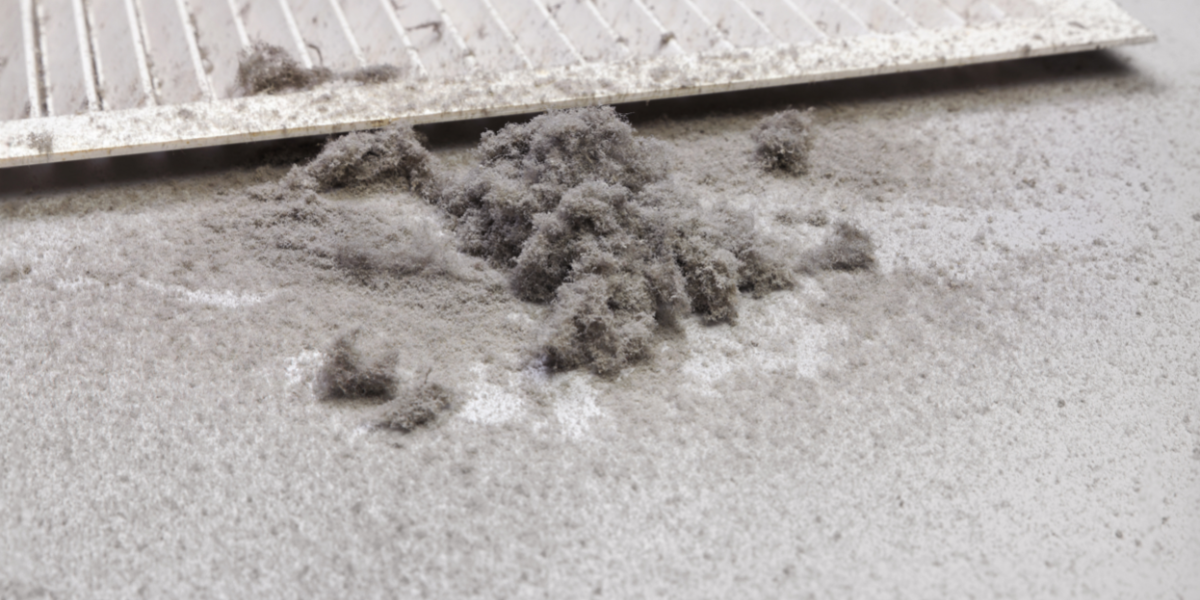Many homeowners and business owners often find themselves asking, do dirty air ducts cause allergies? This seemingly simple question is crucial for individuals concerned about the air they breathe indoors. Air quality is a significant factor affecting health and well-being, yet it is often overlooked, especially when it comes to the cleanliness of air ducts.
Understanding the role of air ducts in maintaining indoor air quality is essential. If neglected, these ducts can become breeding grounds for allergens that trigger uncomfortable allergic reactions.

Why Air Ducts Matter
Air ducts are critical components of heating, ventilation, and air conditioning (HVAC) systems. They function as the pathways through which air circulates throughout a building. When operational, they maintain air quality by filtering out dust, debris, and other particulates. However, when these ducts become dirty, they can contribute to poor indoor air quality, leading to health problems, including allergies.
Understanding Allergies: Causes and Symptoms
Before delving into whether dirty air ducts cause allergies, it’s important to understand what allergies are and their symptoms. Allergies occur when the immune system reacts to foreign substances, such as pollen, pet dander, and dust mites. Common symptoms include sneezing, a runny or stuffy nose, itchy eyes, and skin rashes.
Common Indoor Allergens
Several indoor allergens can aggravate allergies, including:
- Dust mites
- Mold spores
- Pet dander
- Cockroach droppings
These allergens can easily accumulate in air ducts if not cleaned regularly, affecting indoor air quality.
The Connection Between Air Ducts and Allergies
Do dirty air ducts cause allergies? The direct connection isn’t always clear, but dirty air ducts can exacerbate allergy symptoms. As dust, mold, and other allergens collect in the ducts, they are redistributed throughout the indoor environment each time the HVAC system runs, potentially triggering allergies.
Accumulation of Dust and Debris
Over time, air ducts can accumulate significant amounts of dust and debris. This accumulation provides an ideal environment for dust mites and mold, both common allergens, to thrive.
Mold Growth in Ducts
Moisture in ducts, either from high humidity or a leaky system, can lead to mold growth. Mold spores released into the air are notorious for causing allergic reactions.
Signs Your Air Ducts May Be Dirty
Recognizing the signs of dirty air ducts is crucial to maintaining healthy indoor air quality. Here are some indications that it might be time to inspect and clean your air ducts:
- Visible dust accumulation on vents
- Mold growth around vents or ducts
- Unpleasant odors emitted from the HVAC system
- Allergy symptoms worsen when you’re inside
Benefits of Clean Air Ducts
Keeping air ducts clean can significantly improve indoor air quality and reduce allergy symptoms. Here are some benefits of regular duct cleaning:
Improved Air Quality
By removing dust, debris, and allergens from your air ducts, you create a cleaner living space and reduce the chance of allergens circulating into your indoor environment.
Enhanced HVAC Efficiency
Clean ducts allow the HVAC system to work more efficiently, potentially reducing energy bills. When air can flow freely, the system doesn’t have to work as hard to maintain the desired temperature.
Steps to Keep Air Ducts Clean
Maintaining the cleanliness of air ducts requires regular attention and proper cleaning techniques:
Regular Maintenance Checks
Schedule regular inspections and cleanings by a professional to ensure your air ducts remain free from harmful allergens.
Use Quality Air Filters
Invest in high-quality air filters for your HVAC system and replace them regularly. This simple step can significantly reduce the number of particles that enter and accumulate in your air ducts.
Humidity Control
As seen in some valuable humidity control methods, keeping indoor humidity levels in check is essential in preventing mold growth in air ducts.
Professional Cleaning Services
Hiring professional cleaning services ensures that air ducts are cleaned thoroughly. Professionals have the knowledge, tools, and experience to handle the task efficiently and safely.
Choosing the Right Service
When selecting a professional service, consider their experience, certifications, and customer reviews. Reliable services will ensure your ducts are cleaned properly and residential duct cleaning services are tailored to your home.
Frequency of Professional Cleaning
Generally, air ducts should be professionally cleaned every three to five years, but this frequency can increase if you have pets or someone in the home suffers from allergies.
DIY Air Duct Maintenance Tips
While professional cleaning is recommended, there are some maintenance tasks homeowners can perform themselves:
Regular Dusting
Keep vent grills clean by dusting them regularly. This prevents dust from entering the system.
Visual Inspections
Conduct visual inspections of ducts for signs of mold or excessive dust, which can indicate a need for cleaning.

FAQs About Air Duct Cleaning and Allergies
How often should air ducts be cleaned?
It is generally recommended to have air ducts cleaned every three to five years. However, if you have pets or suffer from allergies, more frequent cleaning may be beneficial.
Can dirty air ducts make you sick?
Yes, dirty air ducts can contribute to poor indoor air quality, which can exacerbate allergies and respiratory conditions.
Are there any signs that my air ducts need cleaning?
Signs that air ducts may need cleaning include visible dust on vents, mold growth, and an increase in allergy symptoms indoors.
If you would like to learn more about how important air duct maintenance is, you may refer to an insightful article provided by Pritchard Industries.
For those interested in exploring the intricacies of what happens if you don’t clean your ducts, understanding common issues caused by neglect is crucial for preventative maintenance.
This article contains affiliate links. We may earn a commission at no extra cost to you.